 Facebook
Facebook
 X
X
 Instagram
Instagram
 TikTok
TikTok
 Youtube
Youtube
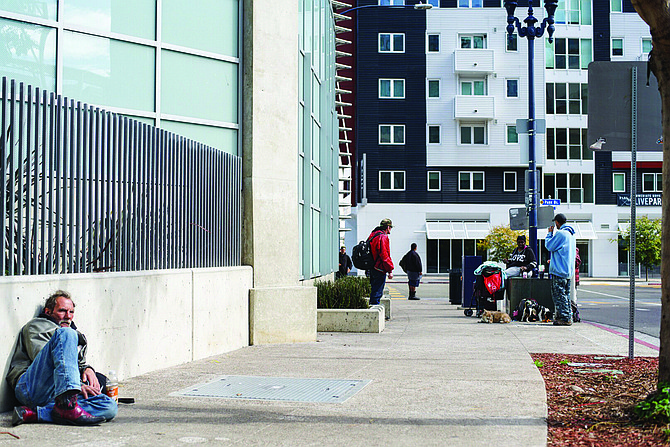
The devil is in the details and the details are in the documents — individual San Diego City Council offices’ funding priorities for the 2020 city budget. The big issues, on which most or all agree, have been covered elsewhere, and this is by no means a comprehensive review of requests in the 99 PDF pages. Instead, it’s a picture of what’s on the minds of the individual councilmembers.

Councilmember Chris Ward, for example, takes a swipe at Mayor Kevin Faulconer’s peculiar purchase of an old skydiving facility in July 2018. In Ward’s 24-page detailed submittal, he urges the city to sell the building “before investing additional money in costly tenant improvements.”
2300 open positions
The document shows a stark picture of how the city is staggering from the loss of city employees — 2300 open positions or 25 percent short on staff, leaving the city hiring outside consultants to do the work.
More surprisingly, city employees who quit now outnumber those lost to retirement, according to Ward’s report.
But, where Ward and other councilmembers see the vacancies as a concern, independent budget analyst Andrea Tevin sees them as way to keep millions in the budget. She proposes continuing to enjoy “vacancy savings” and making those millions part of the official purse.

Vacancy savings are basically a windfall that happens when employees don’t show up or new hires are cheaper than expected. Employees who leave their jobs or take unpaid leaves of absence, or those new employees who come in for less pay, the report says, left money in the budget amounting to $49.6 million two years ago, and $46.1 million last year.
“The city could consider whether it would be prudent to increase budgeted vacancy savings for fiscal years 2020,” Tevlin suggests.
Not in the job description
We’ve all heard about the city’s struggles to hire and keep public safety workers, cops and firefighters, and most council members addressed raises and efforts to keep them. The budget document is full of funding requests from every district for modest improvements at nearly every library in the city.
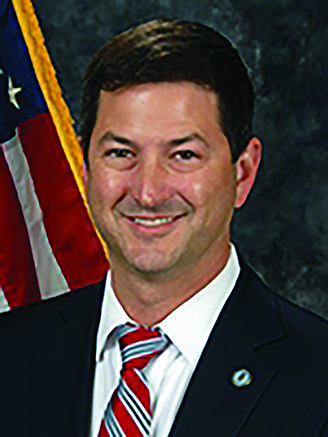
But newly elected Councilmember Vivian Moreno is worried about librarians, who have unintentionally become front-line public safety providers. Her concerns are tied to the fact that libraries serve as warm, safe places for the homeless. That means library staff have tasks such as dealing with the mentally ill, cleaning up human waste, and calling ambulances or police — or defending themselves from attack.
“In 2018, there were about 1200 library department incident reports… of threats, drug use, urination, and other forms of misbehavior and illegal activity, an increase of 50 percent over 2017’s 800,” her report says.
District 7 Councilmember Scott Sherman, in his final term, tied with District 9’s freshman councilmember, Jennifer Campbell for the shortest list at five pages. Unlike the majority of his colleagues, Sherman didn’t ask for funding for the arts, climate action, the Get-It-Done app, or filling vacant positions but weighed in for infrastructure and transportation improvements.
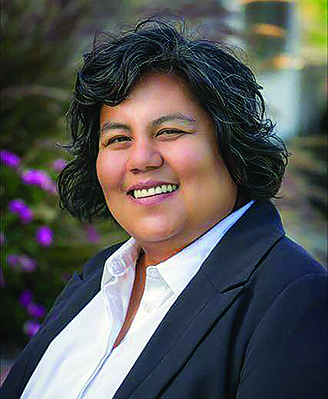
Sherman also indicated he wants the city to implement “zero-based budgeting” in which the annual budget starts at $0 and builds up item by item to its limit, rather than starting at ‘how much can we spend’ and carving it up until it’s gone. Its supporters believe the approach naturally sets priorities and increases the focus and thoughtfulness of spending.
Ward, who has taken the lead on homelessness, thinks the city should take some tasks from three separate agencies and consolidate them.
The San Diego Housing Commission’s services for homeless people, the Real Estate Assets Department’s portfolio management, and Civic San Diego’s Housing and Community Development section should be in one place — and “accountable,” the funding priorities memo says.
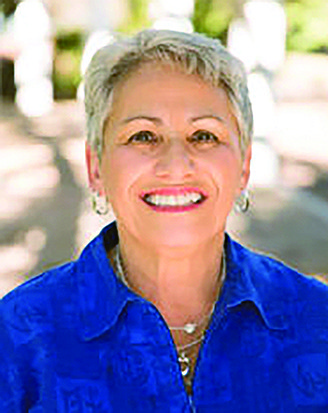
District 1 Councilmember Barbara Bry came in with six pages, identifying areas where the city spends lots of money without monitoring results or even having a plan for reaching goals. She calls for the city’s spending on homelessness to include reviews for effectiveness and for results to be published so it’s easier to see what works and what doesn’t.
She calls for a planned real estate strategy that “will save millions in spending on vacant properties that don’t suit the city’s needs.”
Newly elected to District 4, Monica Montgomery came in with 12 pages of infrastructure requests and public safety issues, including hiring more cops and monitoring them better.
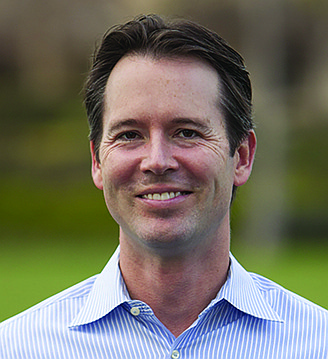
She advocates for creating an office of tenants protection with its own housing code enforcement officers to focus on “substandard housing in the following communities” Barrio Logan, Southeast San Diego, and Encanto.
All the councilmembers listed specific areas that need streetlights — Gomez identified and entire neighborhood — but no one paid more attention to the details than Chris Cate. He submitted a four-page list of locations of where the lights should be installed, precisely measured to how many feet away from intersections. He asked for $8.5 million worth of streetlights – more than eight times the $1 million minimum Montgomery want dedicated to streetlights for the whole city.
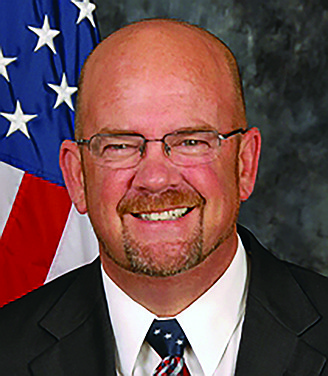
Mark Kersey, councilmember for District 5, wants Purell hand sanitizers at all library and recreation facilities, citing the 342 influenza deaths in the county last flu season.0
He is also concerned about city land in the San Pasqual Valley where agricultural leases appear to be ‘on hold,’ and about the poor condition of Ysabel Creek Road so crumbled by rain and erosion that it’s partly a dirt road now.
Five of the councilmembers want to add a community paramedic to the fire department budget — and introduce the city to community paramedicine. Paramedicine expands the role of paramedics and emergency medical technicians to allow them to perform basic services such as blood pressure checks, teaching CPR, checking up on people who were recently discharged from hospitals, and other basic community tasks. Pilot programs have shown that paramedicine substantially reduces trips to the emergency room.
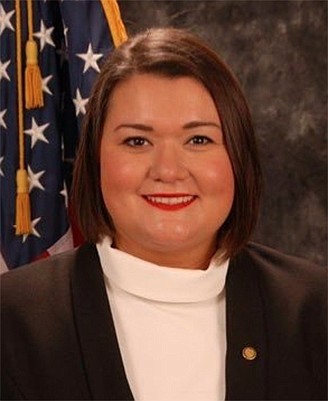
Money hunt
How would a councilmember suggest the city find money to pay for things? It’s an especially important question in a year during which the city is facing a budget deficit of somewhere between $46 million and $74 million. The city’s annual pension fund payment this year is expected to be around $350 million.
Except for Georgette Gomez’s proposal to raise water fees, the councilmembers looked at the budget and identified places to take money and use it for other city needs — moving it from one pocket to another, basically.
Ward, of course, says selling the skydiving facility and not duplicating services for homeless people that are already available nearby will recover $15 million for the real estate and will save the city another $1.5 million in operating costs.
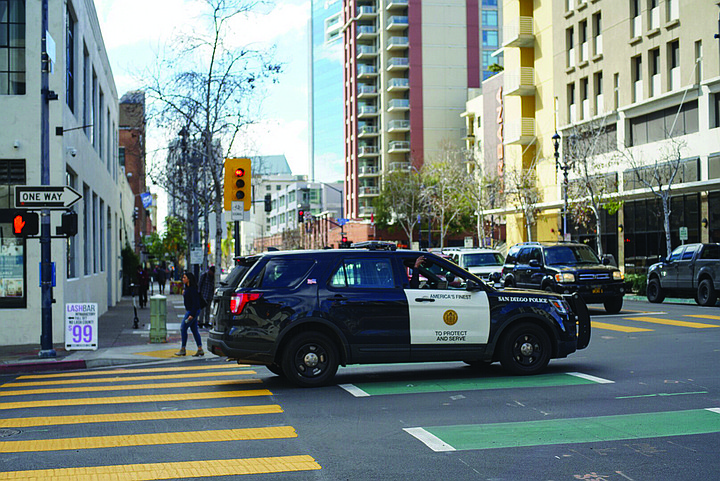
Council President Georgette Gomez suggests railing the current storm drain fee of 95 cents per month, calculating that each dollar increase in fees equals $6 million in new revenue.
“For instance, an increase to $5 per parcel per month would generate an additional $30 million per year to address storm water needs,” her report says.
Gomez also has her eye on $18 million that’s set aside to pay the expected increase in the annual payment to the city’s Infrastructure Fund. It takes a two-thirds vote by the city council to divert the money away, she notes. Taking that money doesn’t affect what’s already committed to infrastructure, but it does keep funding from increasing for a year.
Campbell was the only city councilmember to propose not making the $4.2 million pension stability payment planned for the year (2020).
Moreno observed that the city spends $240 million a year paying contractors for services. Cutting the contracting or its cost by 10 percent would return $24 million to the general fund.


The devil is in the details and the details are in the documents — individual San Diego City Council offices’ funding priorities for the 2020 city budget. The big issues, on which most or all agree, have been covered elsewhere, and this is by no means a comprehensive review of requests in the 99 PDF pages. Instead, it’s a picture of what’s on the minds of the individual councilmembers.

Councilmember Chris Ward, for example, takes a swipe at Mayor Kevin Faulconer’s peculiar purchase of an old skydiving facility in July 2018. In Ward’s 24-page detailed submittal, he urges the city to sell the building “before investing additional money in costly tenant improvements.”
2300 open positions
The document shows a stark picture of how the city is staggering from the loss of city employees — 2300 open positions or 25 percent short on staff, leaving the city hiring outside consultants to do the work.
More surprisingly, city employees who quit now outnumber those lost to retirement, according to Ward’s report.
But, where Ward and other councilmembers see the vacancies as a concern, independent budget analyst Andrea Tevin sees them as way to keep millions in the budget. She proposes continuing to enjoy “vacancy savings” and making those millions part of the official purse.

Vacancy savings are basically a windfall that happens when employees don’t show up or new hires are cheaper than expected. Employees who leave their jobs or take unpaid leaves of absence, or those new employees who come in for less pay, the report says, left money in the budget amounting to $49.6 million two years ago, and $46.1 million last year.
“The city could consider whether it would be prudent to increase budgeted vacancy savings for fiscal years 2020,” Tevlin suggests.
Not in the job description
We’ve all heard about the city’s struggles to hire and keep public safety workers, cops and firefighters, and most council members addressed raises and efforts to keep them. The budget document is full of funding requests from every district for modest improvements at nearly every library in the city.

But newly elected Councilmember Vivian Moreno is worried about librarians, who have unintentionally become front-line public safety providers. Her concerns are tied to the fact that libraries serve as warm, safe places for the homeless. That means library staff have tasks such as dealing with the mentally ill, cleaning up human waste, and calling ambulances or police — or defending themselves from attack.
“In 2018, there were about 1200 library department incident reports… of threats, drug use, urination, and other forms of misbehavior and illegal activity, an increase of 50 percent over 2017’s 800,” her report says.
District 7 Councilmember Scott Sherman, in his final term, tied with District 9’s freshman councilmember, Jennifer Campbell for the shortest list at five pages. Unlike the majority of his colleagues, Sherman didn’t ask for funding for the arts, climate action, the Get-It-Done app, or filling vacant positions but weighed in for infrastructure and transportation improvements.

Sherman also indicated he wants the city to implement “zero-based budgeting” in which the annual budget starts at $0 and builds up item by item to its limit, rather than starting at ‘how much can we spend’ and carving it up until it’s gone. Its supporters believe the approach naturally sets priorities and increases the focus and thoughtfulness of spending.
Ward, who has taken the lead on homelessness, thinks the city should take some tasks from three separate agencies and consolidate them.
The San Diego Housing Commission’s services for homeless people, the Real Estate Assets Department’s portfolio management, and Civic San Diego’s Housing and Community Development section should be in one place — and “accountable,” the funding priorities memo says.

District 1 Councilmember Barbara Bry came in with six pages, identifying areas where the city spends lots of money without monitoring results or even having a plan for reaching goals. She calls for the city’s spending on homelessness to include reviews for effectiveness and for results to be published so it’s easier to see what works and what doesn’t.
She calls for a planned real estate strategy that “will save millions in spending on vacant properties that don’t suit the city’s needs.”
Newly elected to District 4, Monica Montgomery came in with 12 pages of infrastructure requests and public safety issues, including hiring more cops and monitoring them better.

She advocates for creating an office of tenants protection with its own housing code enforcement officers to focus on “substandard housing in the following communities” Barrio Logan, Southeast San Diego, and Encanto.
All the councilmembers listed specific areas that need streetlights — Gomez identified and entire neighborhood — but no one paid more attention to the details than Chris Cate. He submitted a four-page list of locations of where the lights should be installed, precisely measured to how many feet away from intersections. He asked for $8.5 million worth of streetlights – more than eight times the $1 million minimum Montgomery want dedicated to streetlights for the whole city.

Mark Kersey, councilmember for District 5, wants Purell hand sanitizers at all library and recreation facilities, citing the 342 influenza deaths in the county last flu season.0
He is also concerned about city land in the San Pasqual Valley where agricultural leases appear to be ‘on hold,’ and about the poor condition of Ysabel Creek Road so crumbled by rain and erosion that it’s partly a dirt road now.
Five of the councilmembers want to add a community paramedic to the fire department budget — and introduce the city to community paramedicine. Paramedicine expands the role of paramedics and emergency medical technicians to allow them to perform basic services such as blood pressure checks, teaching CPR, checking up on people who were recently discharged from hospitals, and other basic community tasks. Pilot programs have shown that paramedicine substantially reduces trips to the emergency room.

Money hunt
How would a councilmember suggest the city find money to pay for things? It’s an especially important question in a year during which the city is facing a budget deficit of somewhere between $46 million and $74 million. The city’s annual pension fund payment this year is expected to be around $350 million.
Except for Georgette Gomez’s proposal to raise water fees, the councilmembers looked at the budget and identified places to take money and use it for other city needs — moving it from one pocket to another, basically.
Ward, of course, says selling the skydiving facility and not duplicating services for homeless people that are already available nearby will recover $15 million for the real estate and will save the city another $1.5 million in operating costs.

Council President Georgette Gomez suggests railing the current storm drain fee of 95 cents per month, calculating that each dollar increase in fees equals $6 million in new revenue.
“For instance, an increase to $5 per parcel per month would generate an additional $30 million per year to address storm water needs,” her report says.
Gomez also has her eye on $18 million that’s set aside to pay the expected increase in the annual payment to the city’s Infrastructure Fund. It takes a two-thirds vote by the city council to divert the money away, she notes. Taking that money doesn’t affect what’s already committed to infrastructure, but it does keep funding from increasing for a year.
Campbell was the only city councilmember to propose not making the $4.2 million pension stability payment planned for the year (2020).
Moreno observed that the city spends $240 million a year paying contractors for services. Cutting the contracting or its cost by 10 percent would return $24 million to the general fund.
Comments